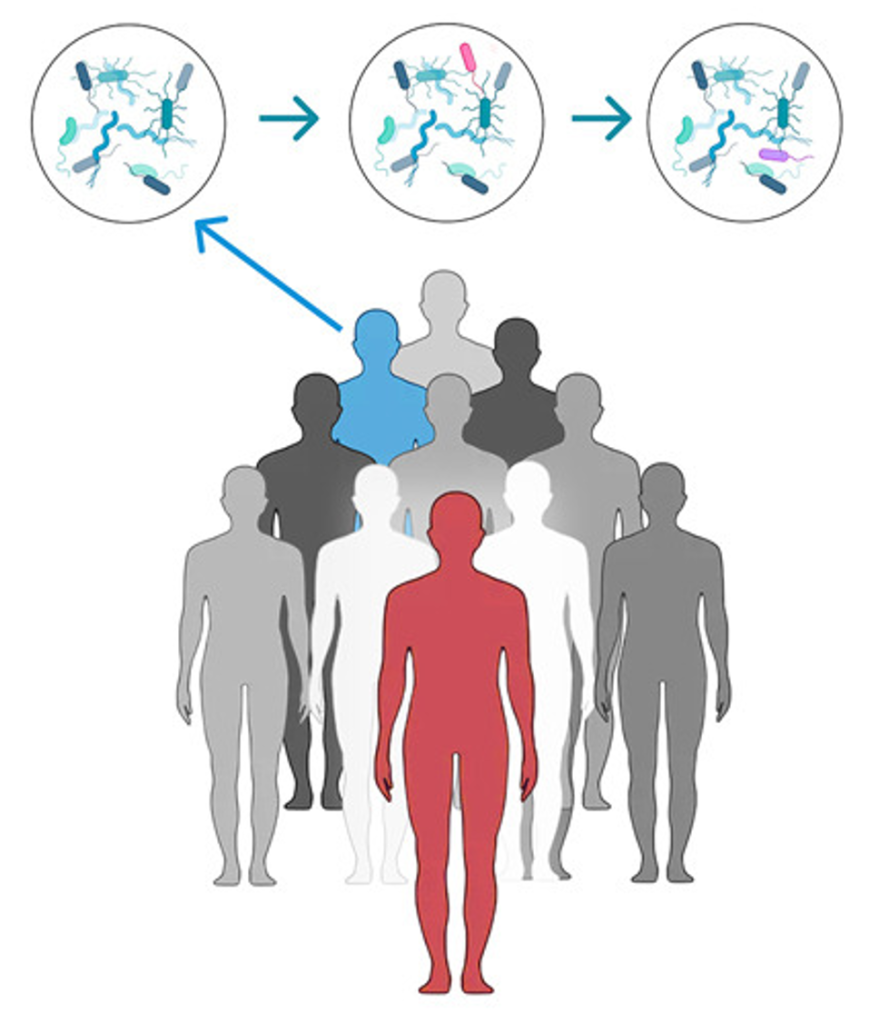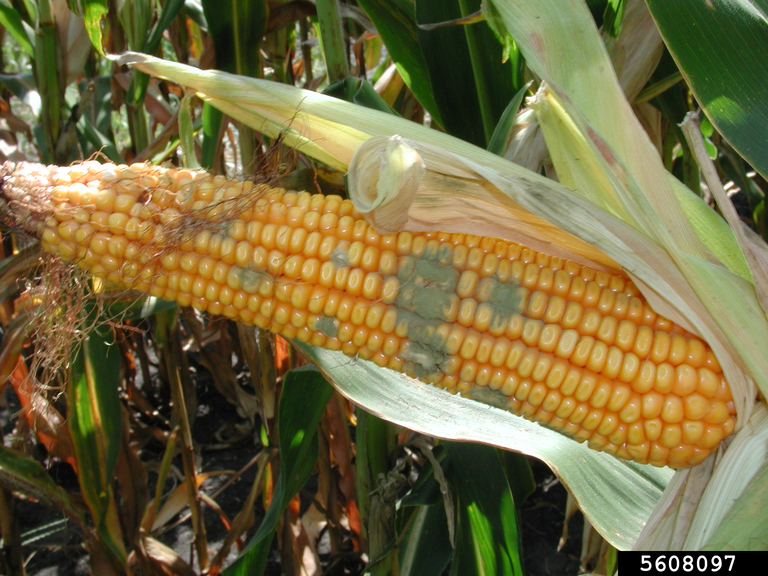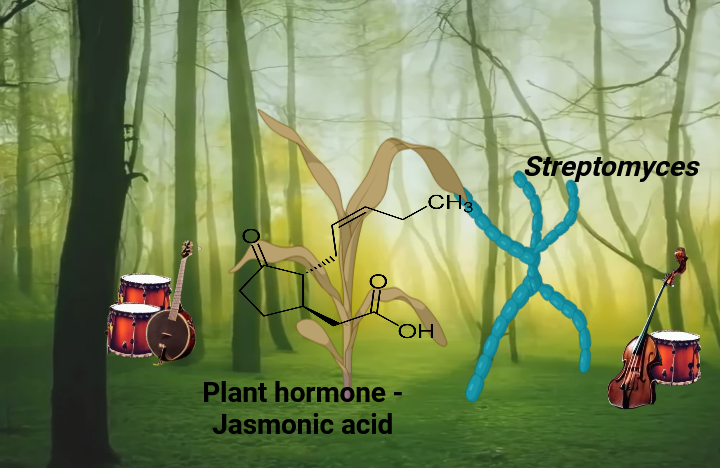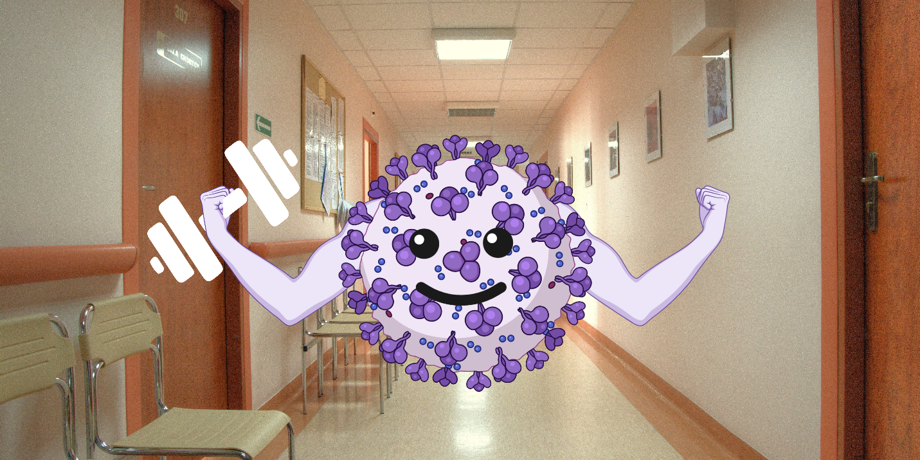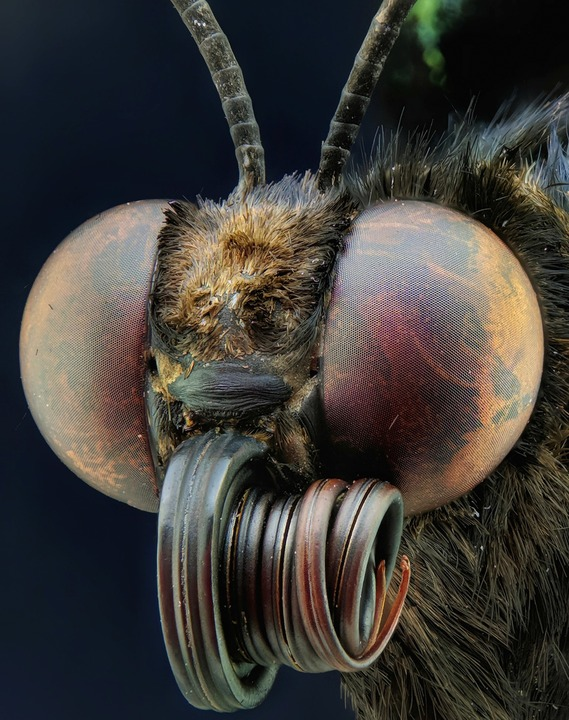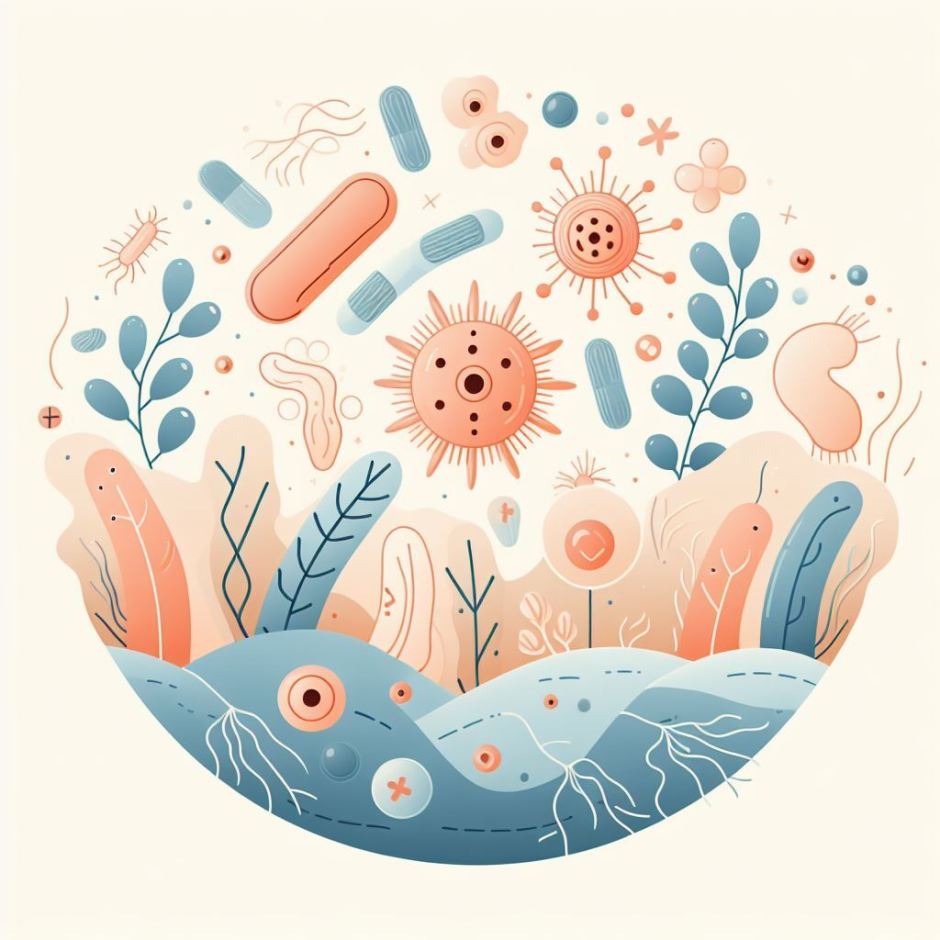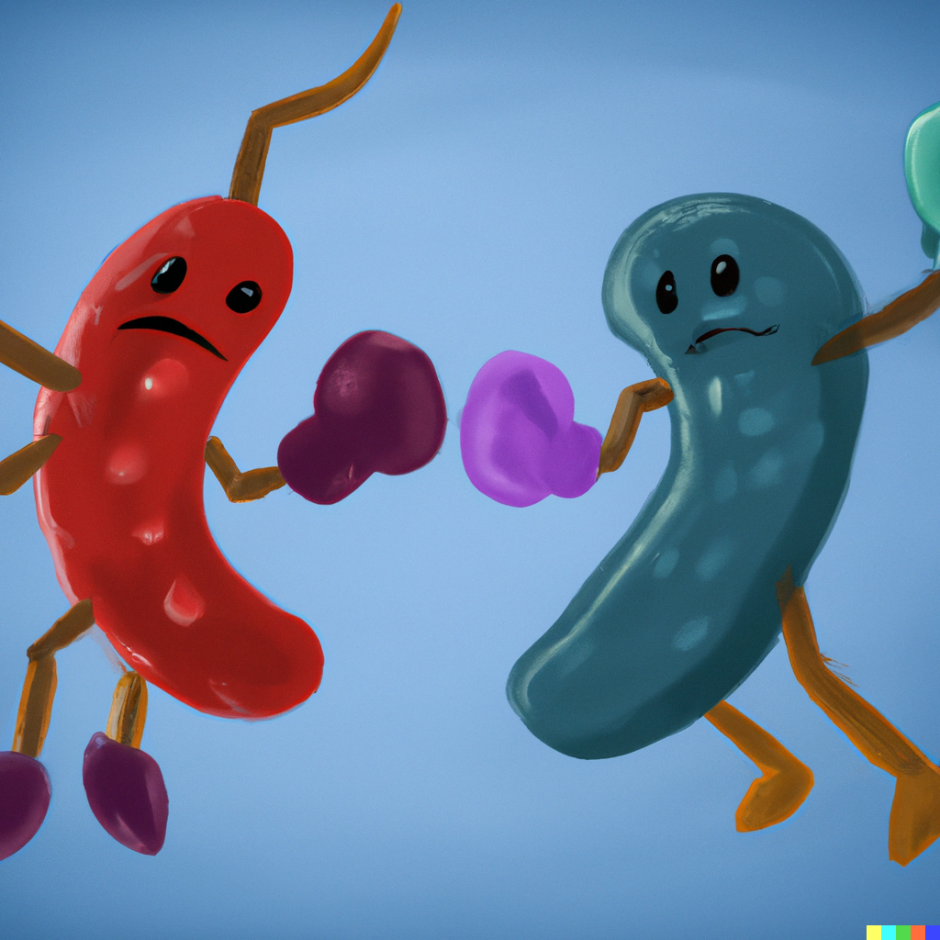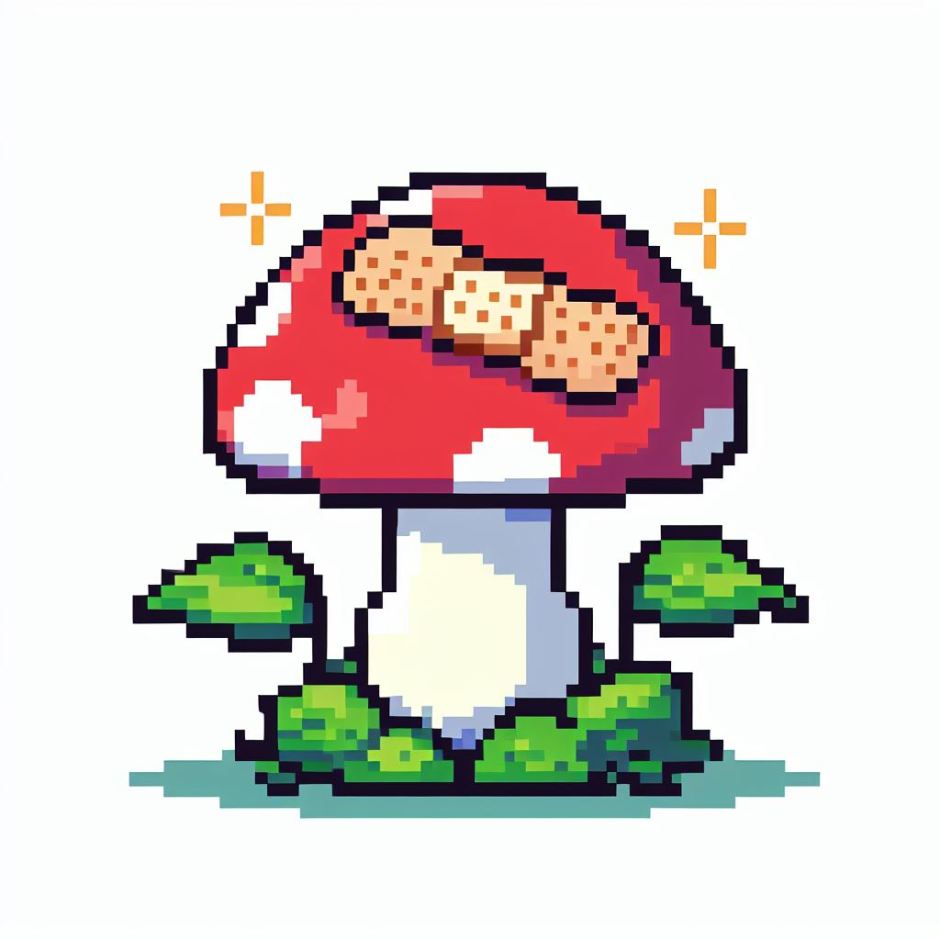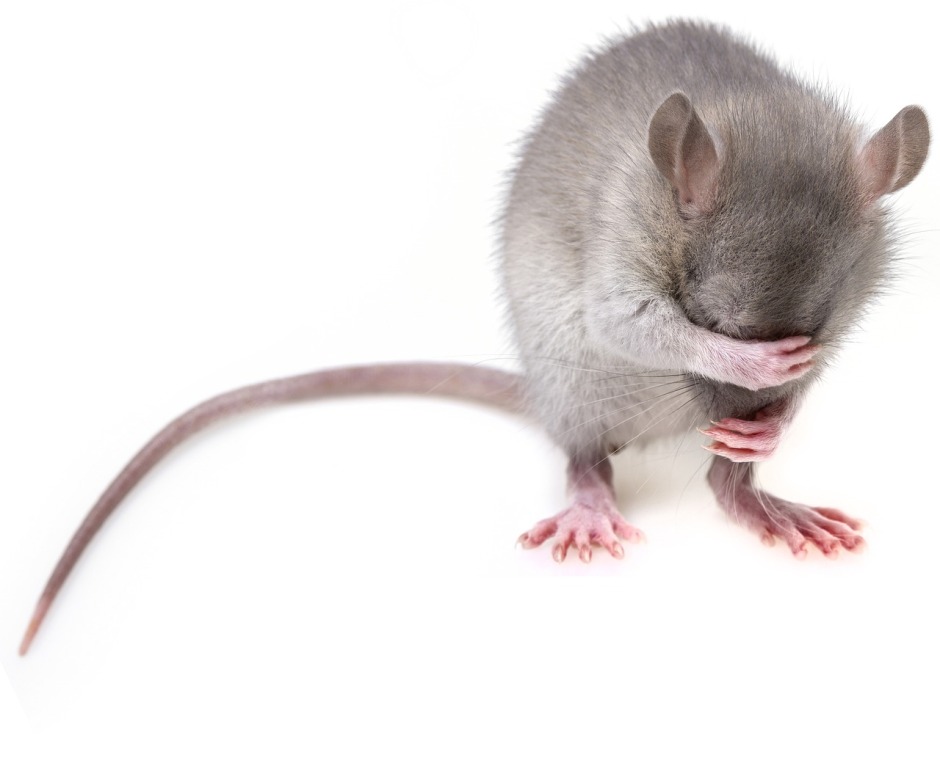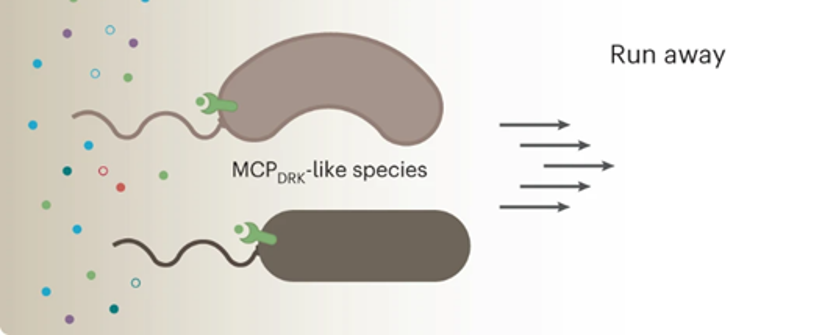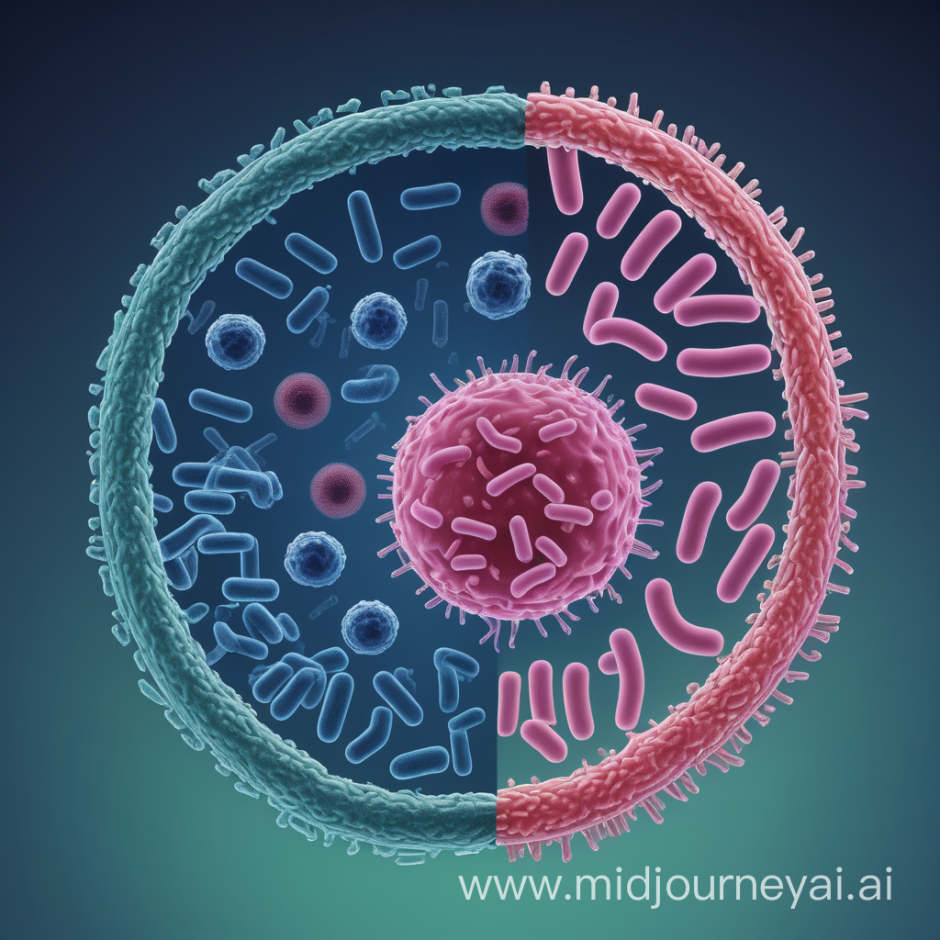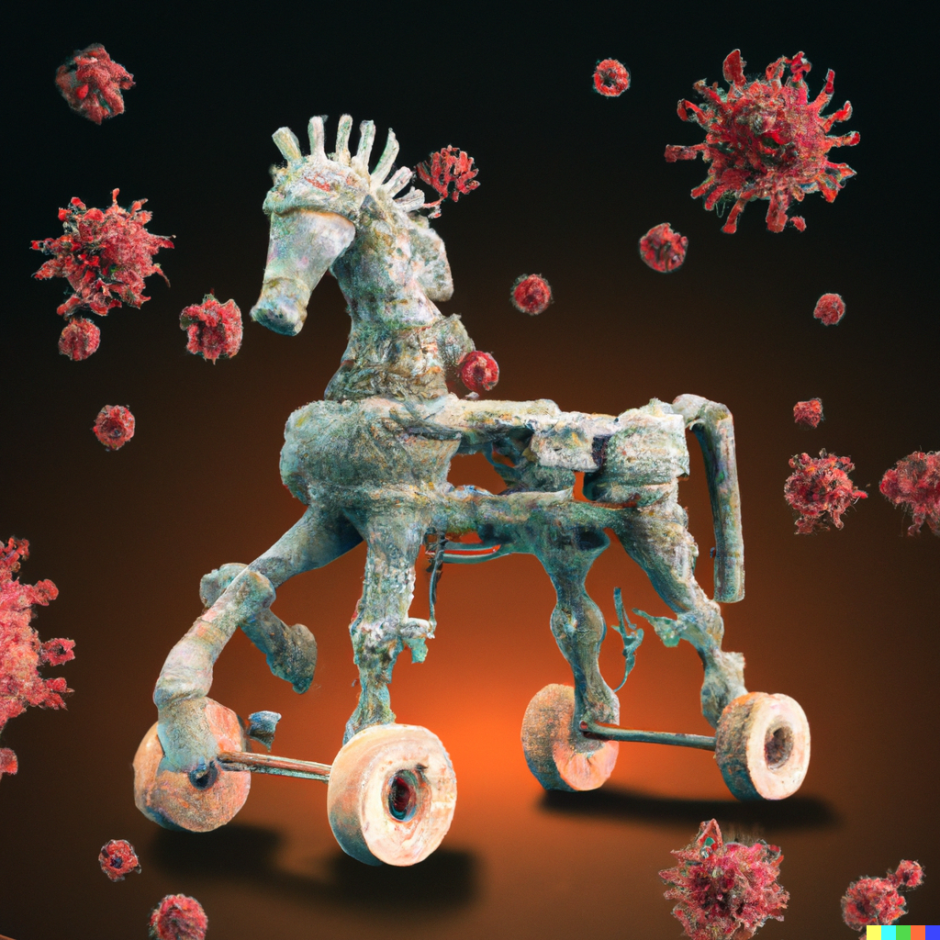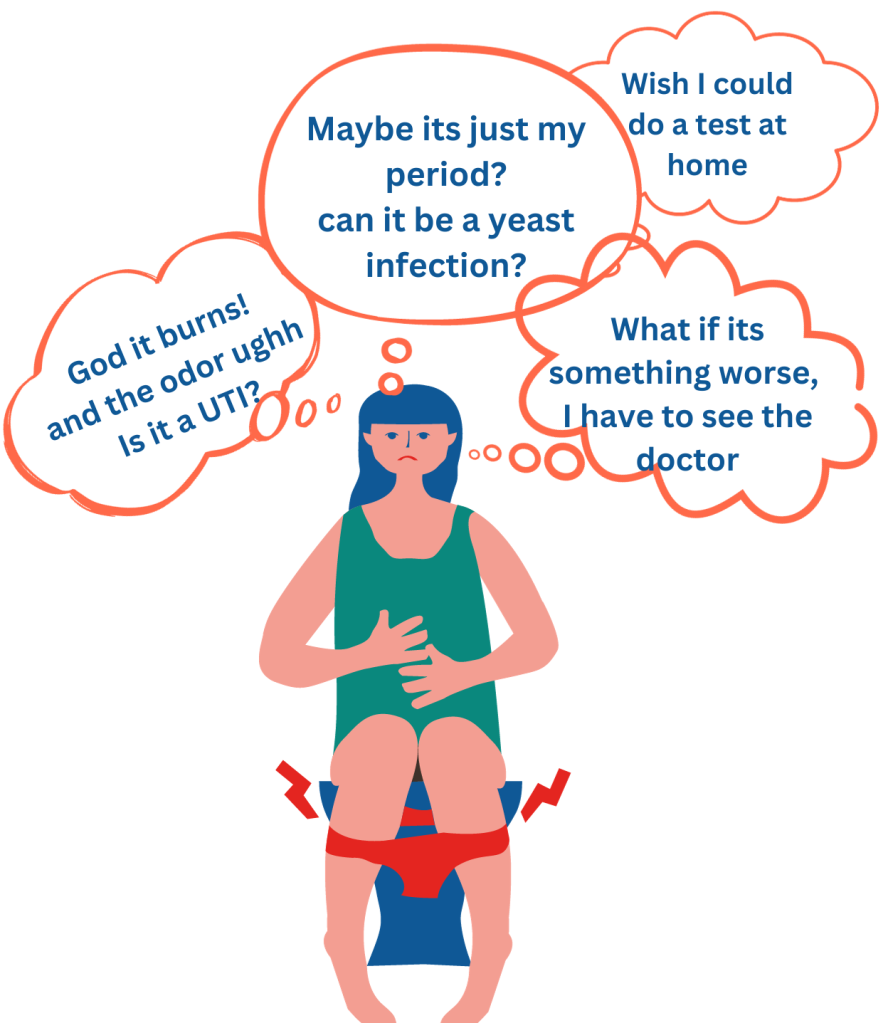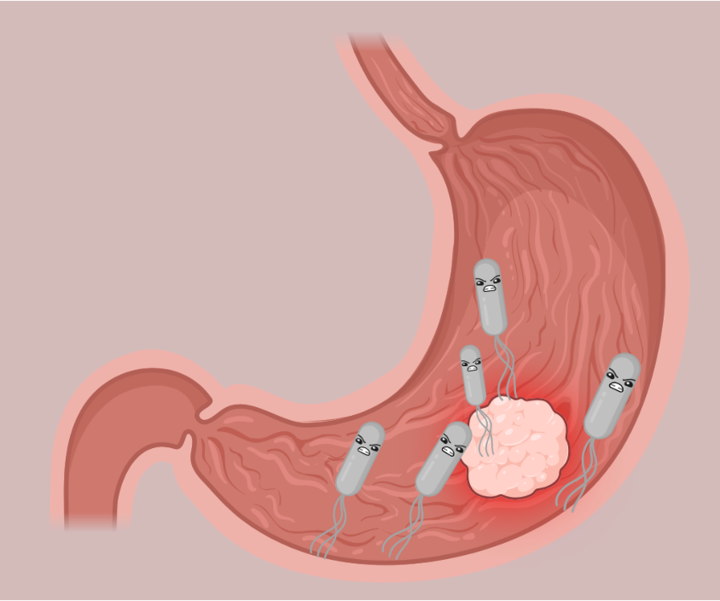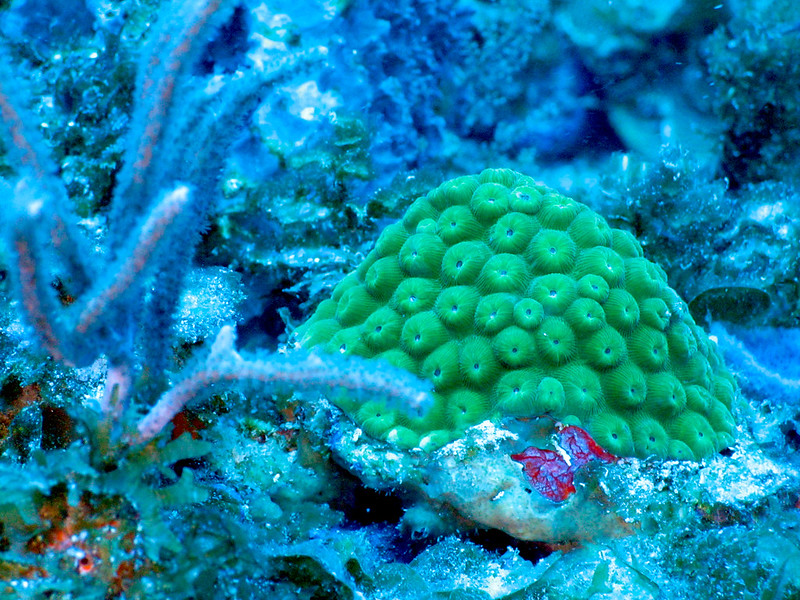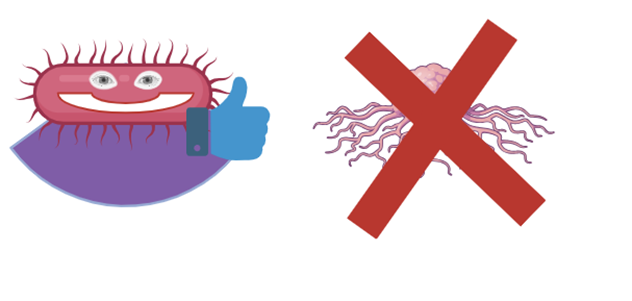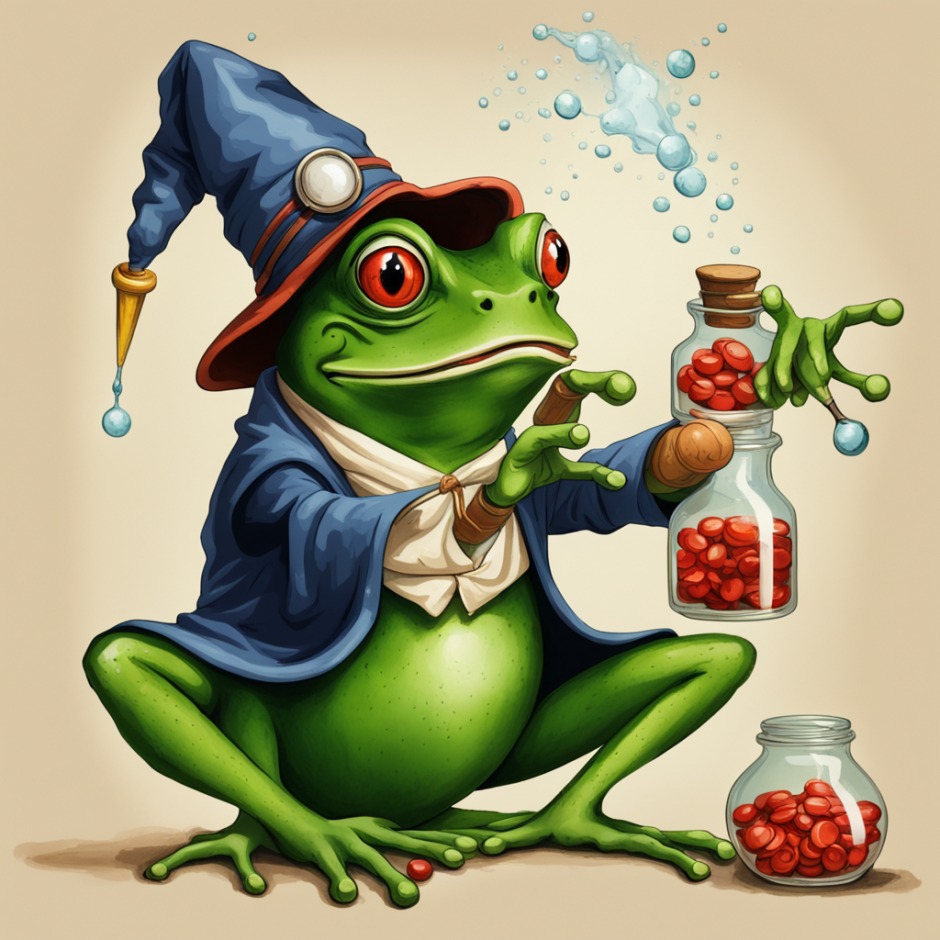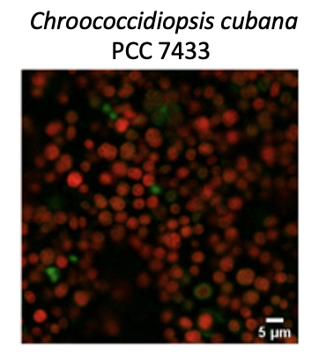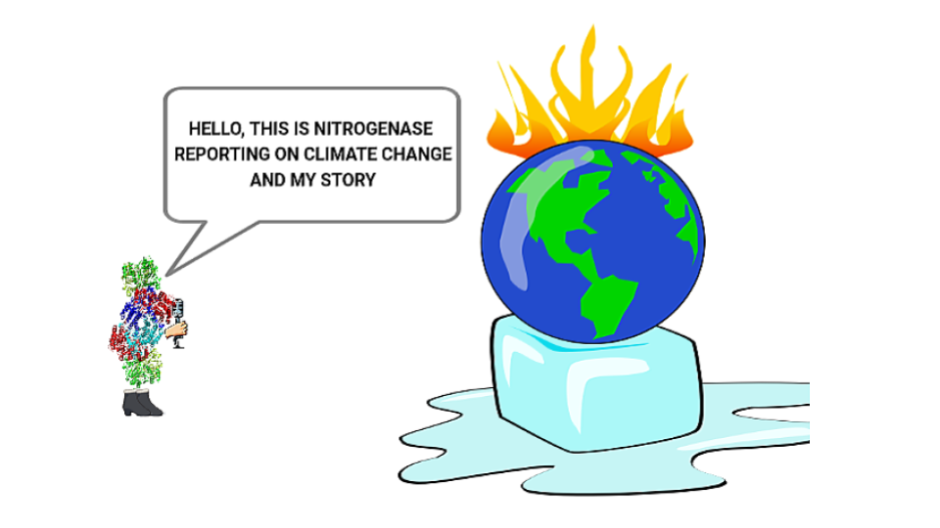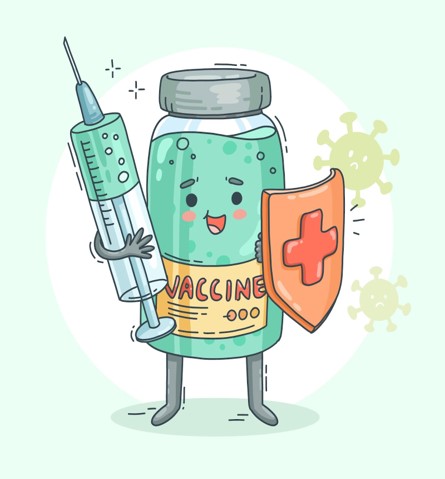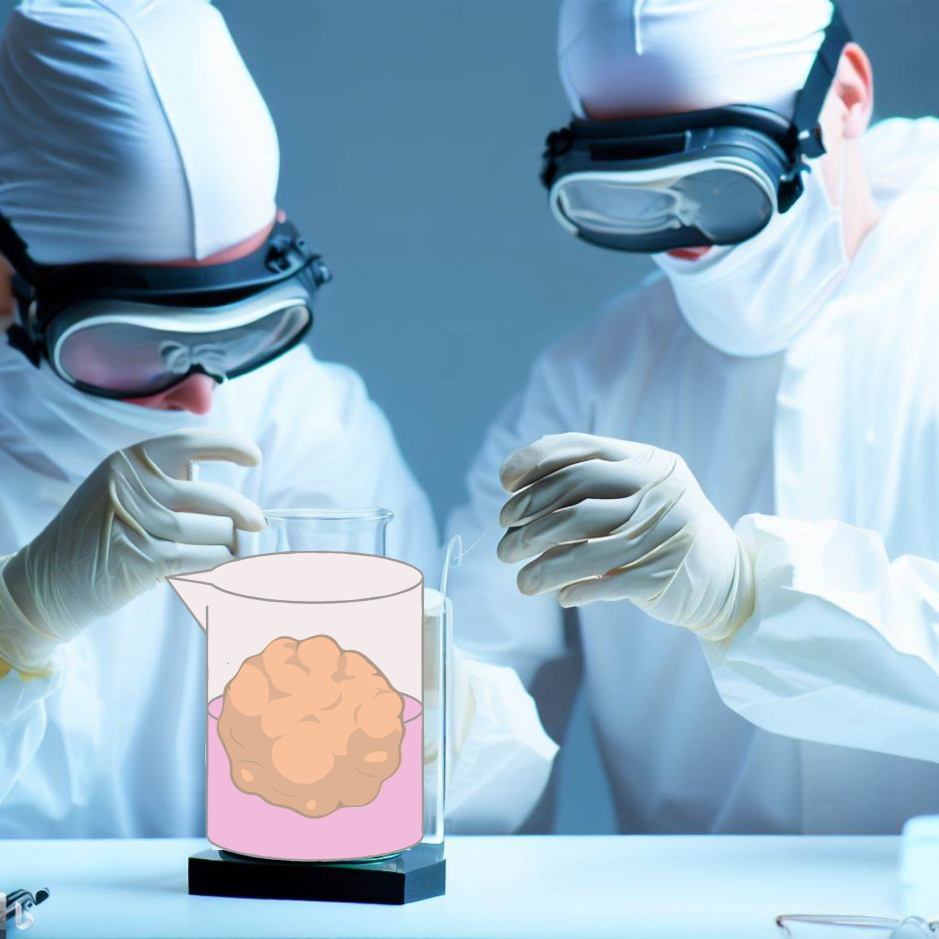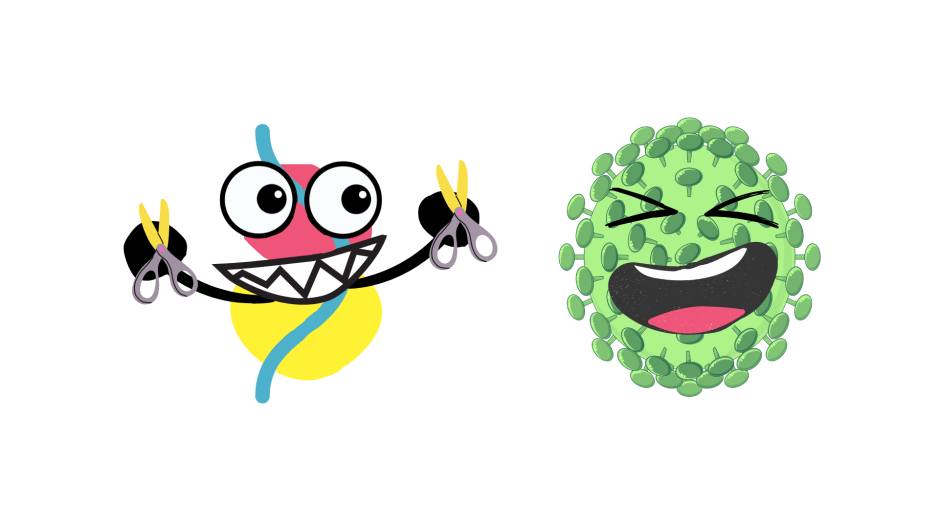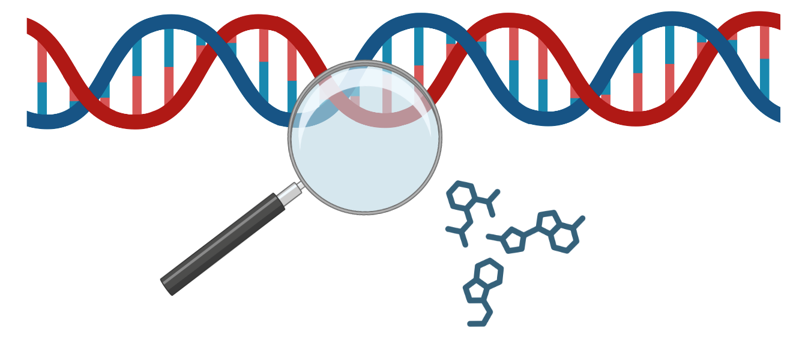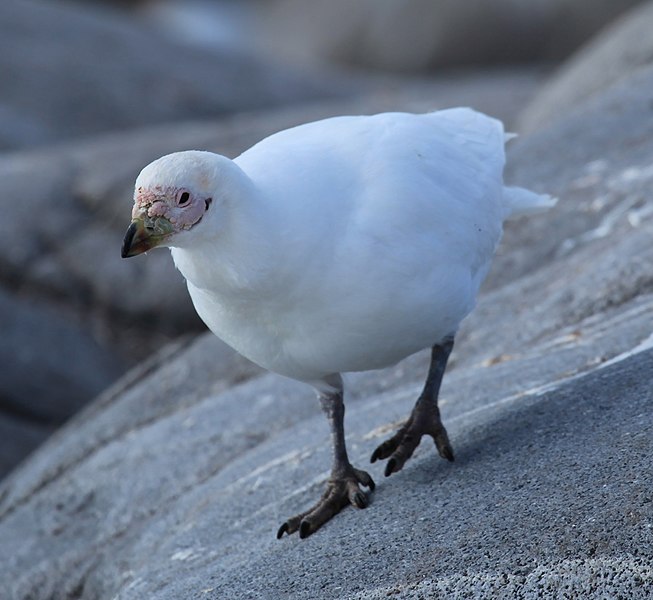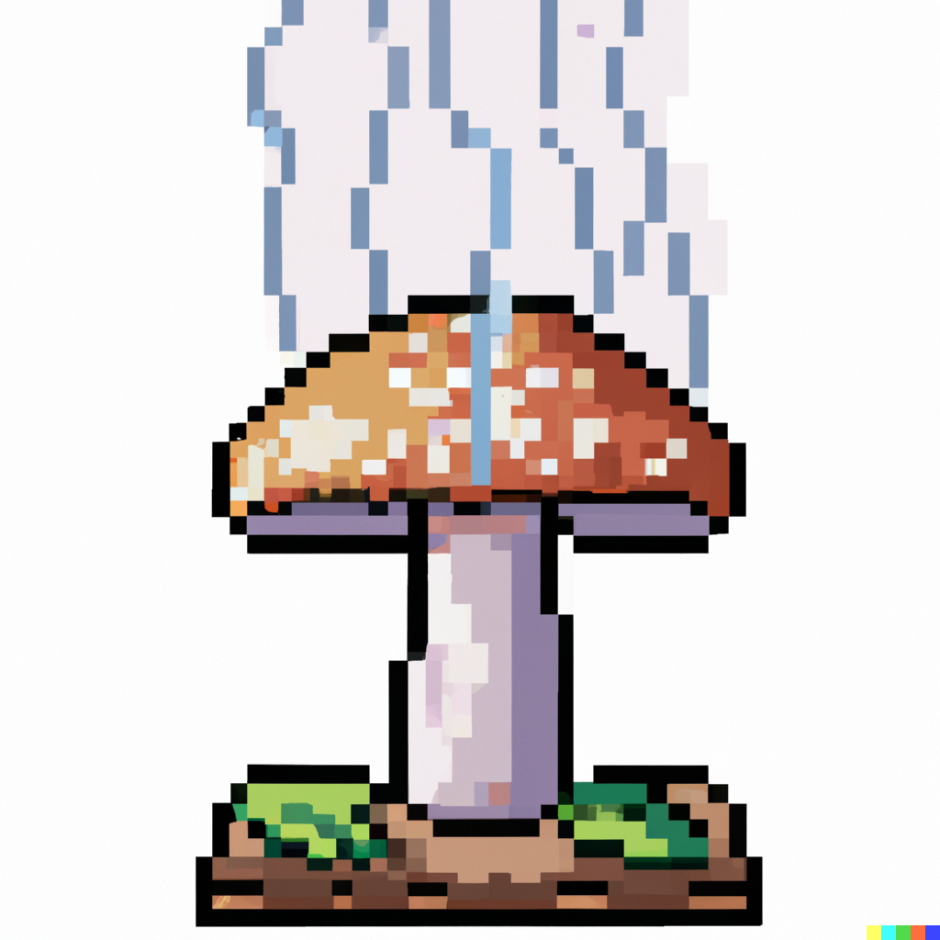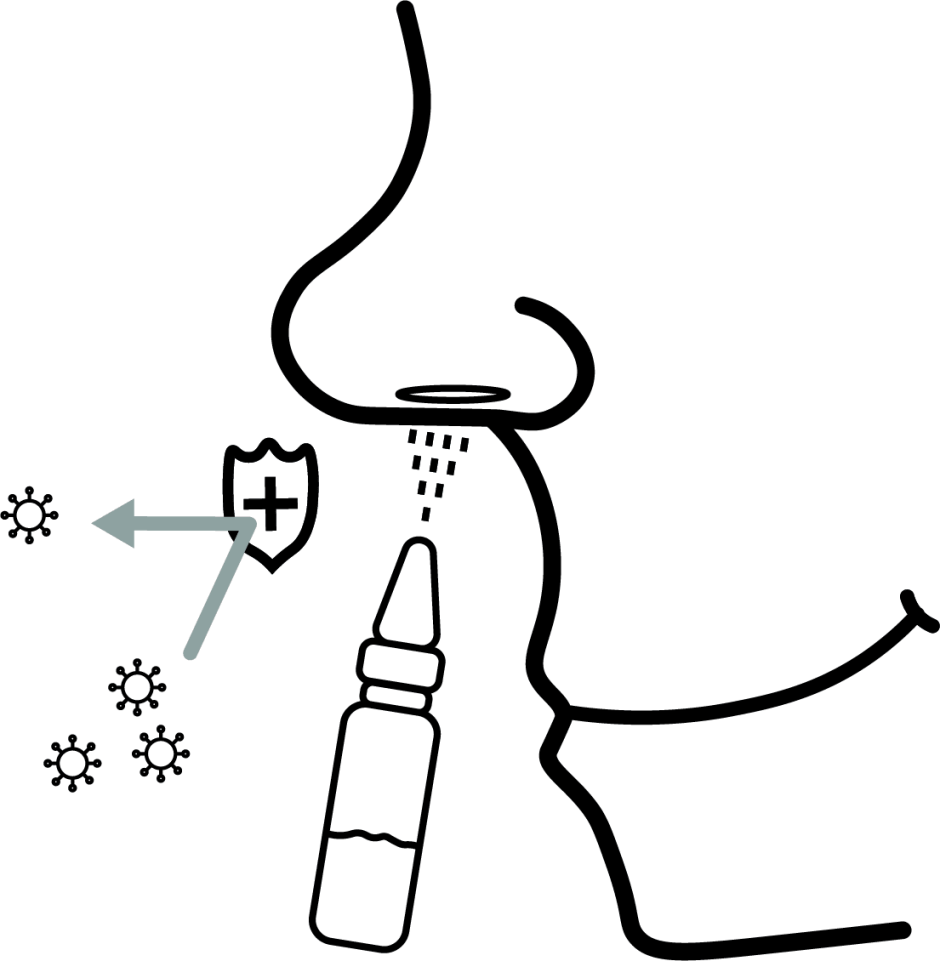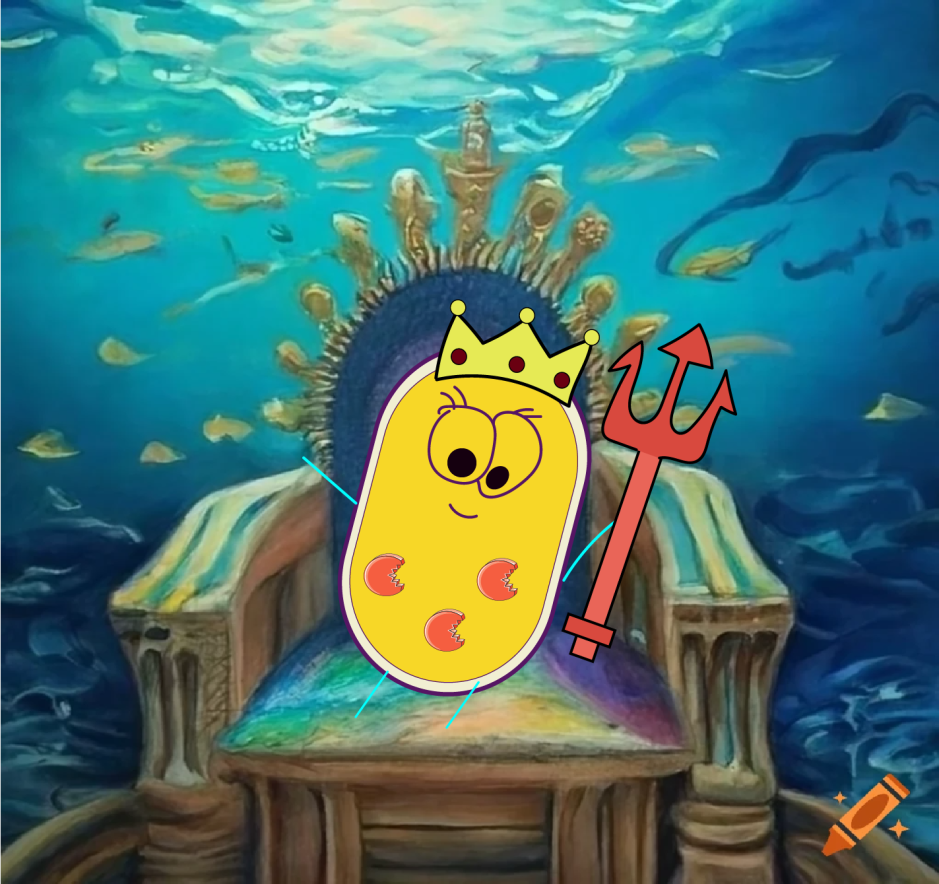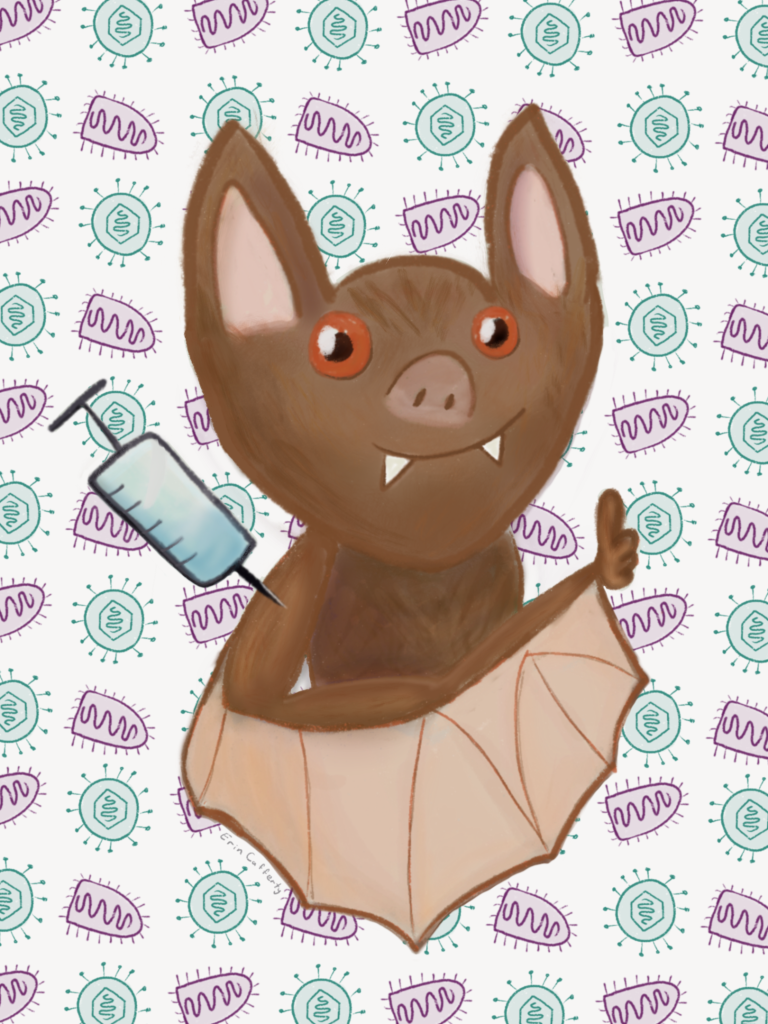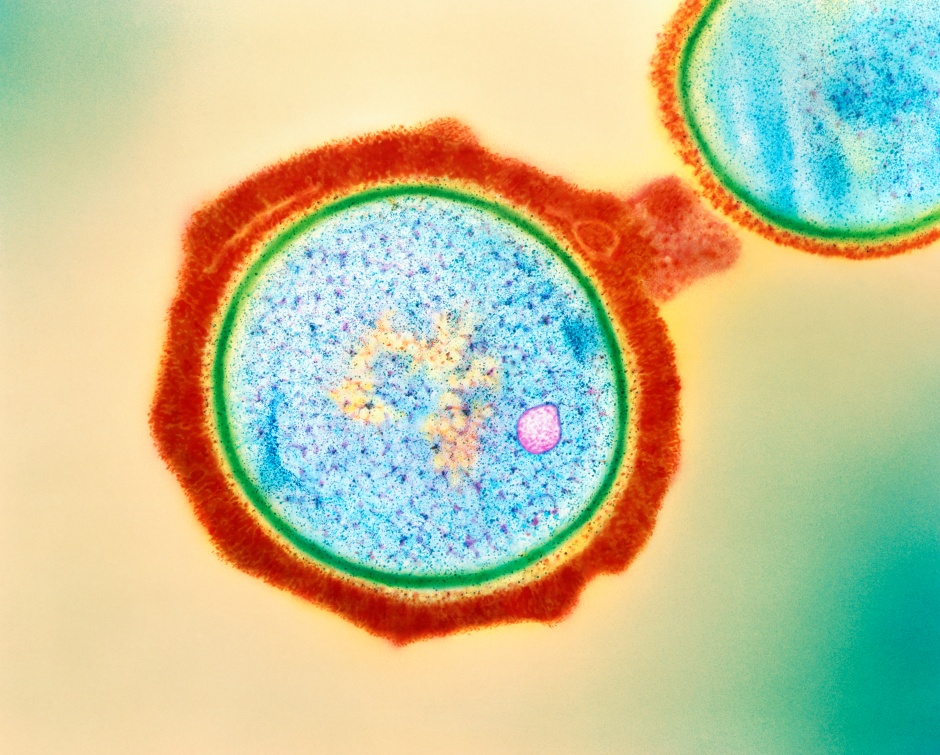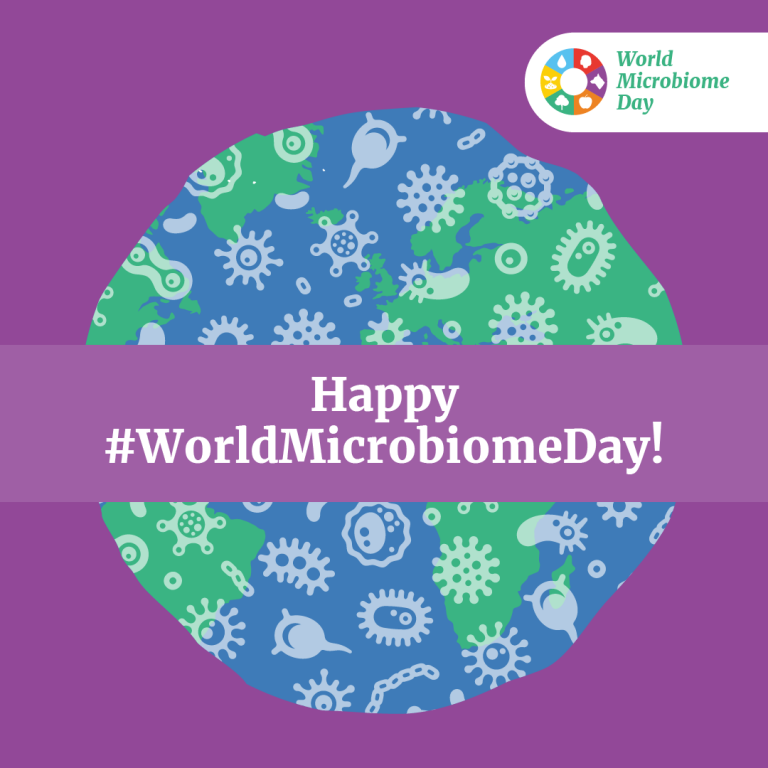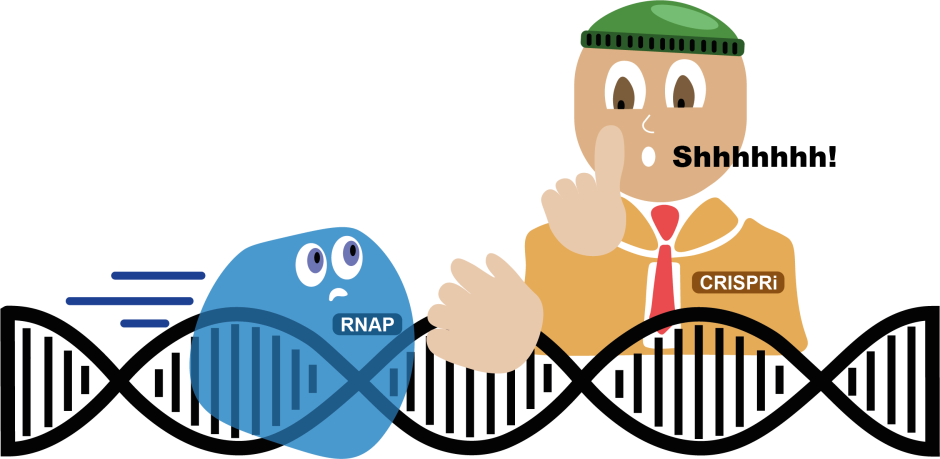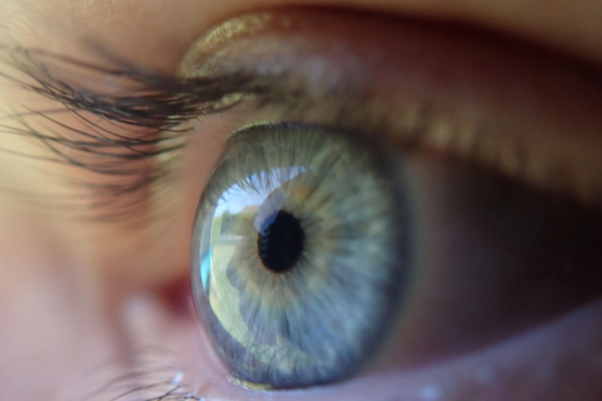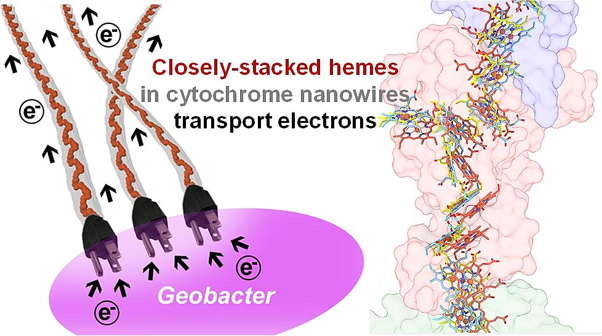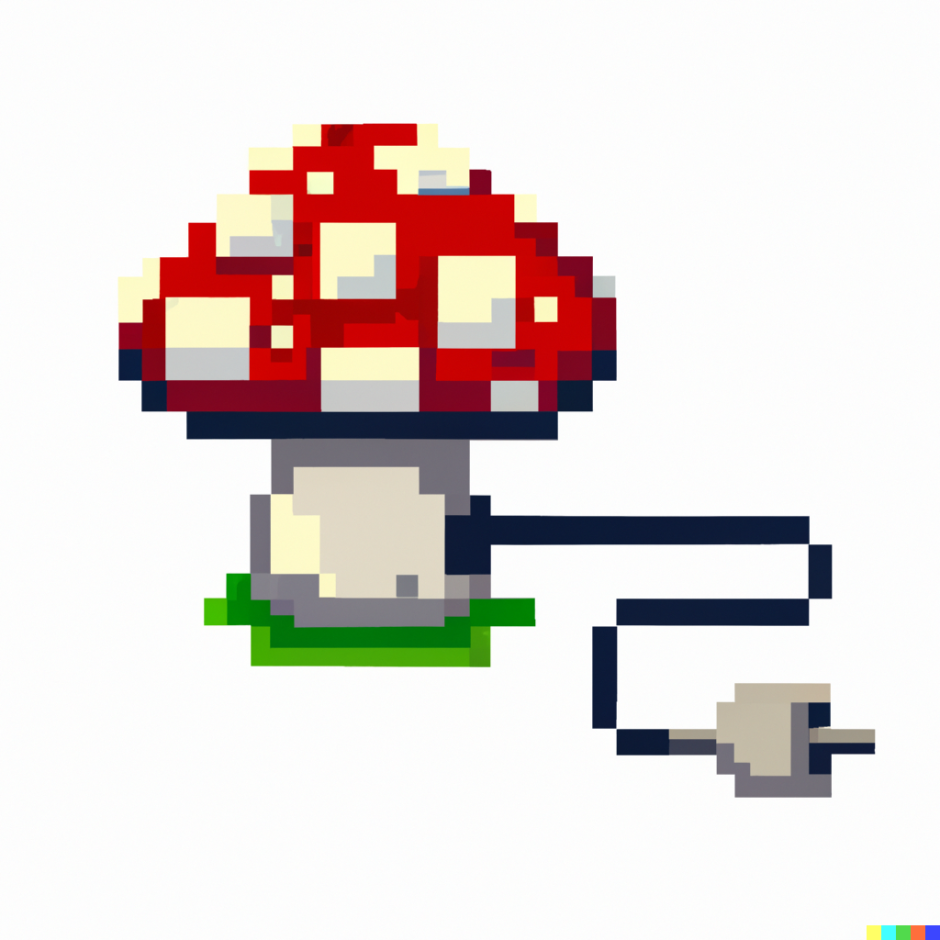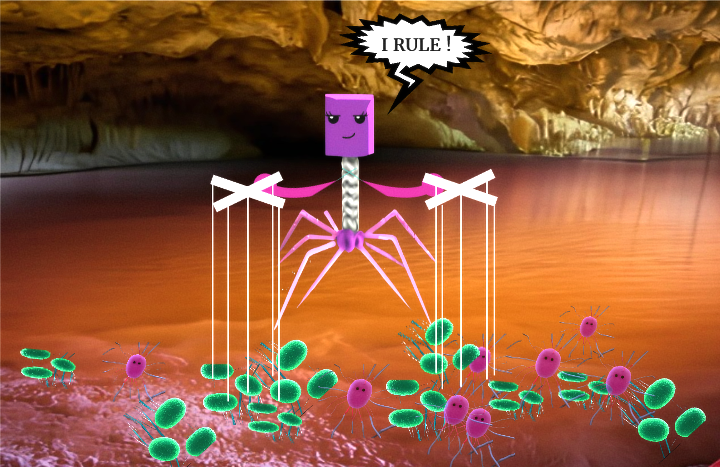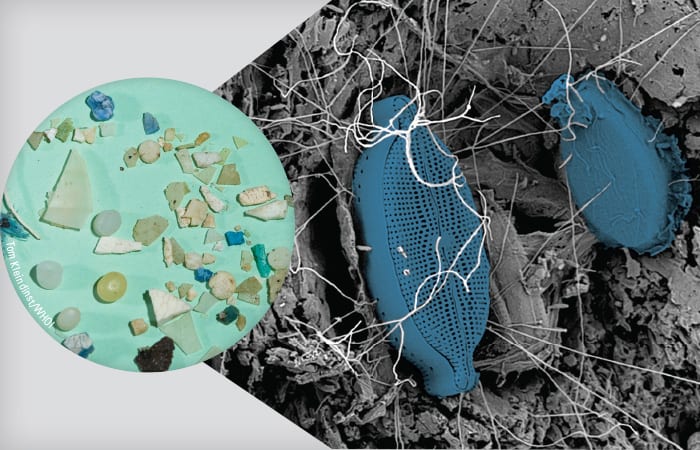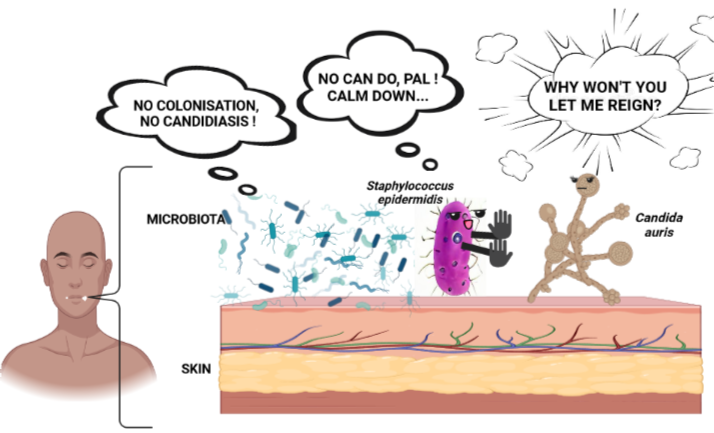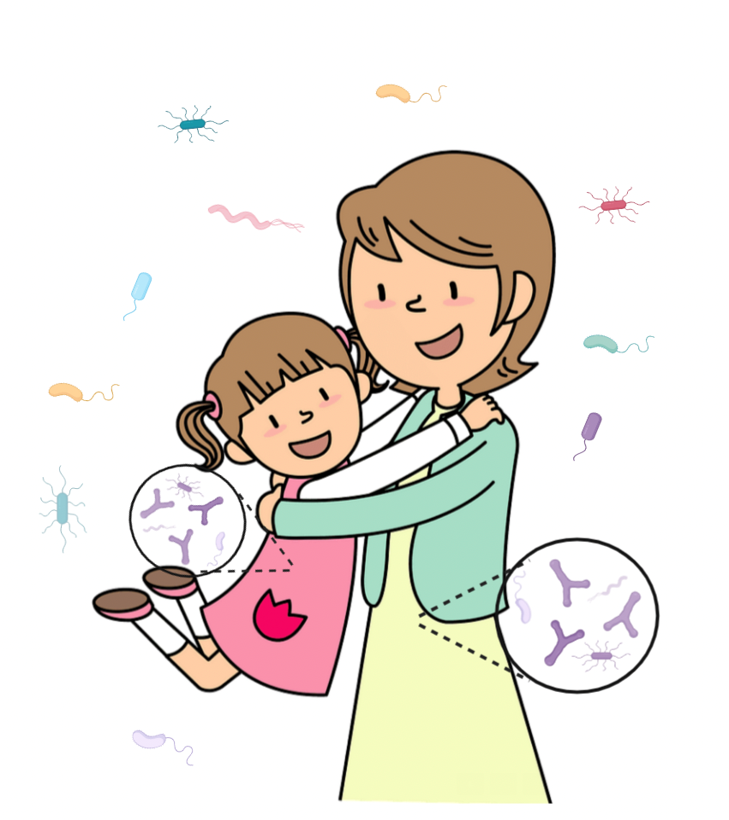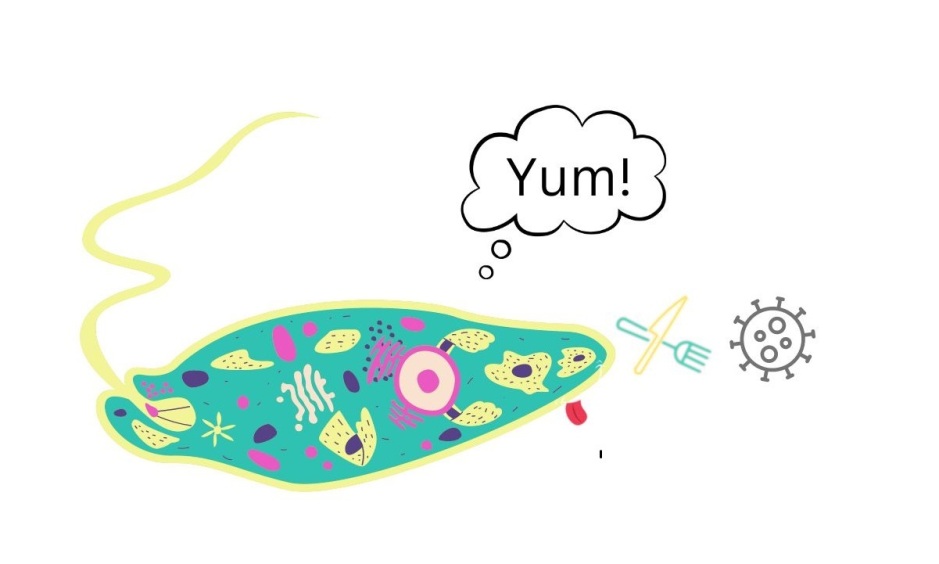
Breaking down the microbiology world one bite at a time
Social Immunity in Ants: Ants Could Teach Us How to Better Curb Pandemics
Humans as a species have faced many pandemics and epidemics, from the Black Death in the 14th century to the very recent COVID 19 pandemic, from which we are yet to fully recover and which is still very much in the news. Among the many buzzwords used in the media frenzy around the worldwide outbreak was “herd immunity.” Despite its pastoral name, it has nothing to do with counting healthy sheep to fall asleep faster. Nor does it borrow its meaning from herd mentality- which denotes mindless obedience. In fact, herd immunity is the deliberate decision of a group of people to acquire immunity against an infection or a pathogenic entity so that it can protect the weaker and more vulnerable ones.
It also comes out that other species have used this strategy before humans. Eusocial insects, such as ants, have highly sophisticated methods for keeping their nests clean and nestmates safe. Information regarding these coordinated disease defence tactics has only now come to light.
When a group works together, they accomplish more and can find better solutions than when the work is done alone. This is due to the fact that individual choices are not made with “the greater good” in mind. A classic example of the emergence of self-organized communal defence action is found in social insects such as termites, ants, and wasps, where performance is selected at the colony level (i.e., habits that would benefit the colony are perpetuated as opposed to those beneficial for individual survival).
Emergence in insects is, as such, not a newly observed phenomenon. But the implications of plasticity (flexibility) in the social networks of ants in response to a pathogen are still being actively researched. One such research group, the Cremer Lab, has been studying social immunity in ants. This study, in particular, focuses on grooming habits that are influenced by pathogen exposure.
The researchers wanted to mimic a natural infection in ants. To set up this experiment- invasive garden ants, Lasius neglectus, were chosen in the scheme given in the diagram below. The choice of pathogen was an obligate entomopathogenic fungus, Metarhizium (specifically its spores), that kills infected ants.
The researchers observed each group for 30 minutes before introducing the infection and 90 minutes after it. Real-time recording equipment fed data to monitoring software that captured different grooming behaviours, such as self-grooming and allogrooming (grooming each other). They wanted to find out how these changed in real-time, in the presence, absence, or varying levels of pathogen load.
Keep in mind that grooming is a common hygienic procedure that uses the mouth parts of the insects to remove pathogenic particles from the body surface. Internal mouthparts (such as the infrabuccal cavity) then compact the particles into a pellet, which is discharged. What is even more fascinating is that ants not only use formic acid as a defence chemical against predators but also as a disinfectant (read more about it in a previous article here). Almost like humans deliberately washing hands with a sanitizer!
Some very interesting outcomes were observed as a result of the experiment:
First, they looked at how many times each ant from groups (F, f, C, and Nestmate) groomed itself. It was found that ants exposed to the infection increased their level of self-cleaning behaviour.
Secondly, they observed ants grooming each other. The allogrooming pattern of infected ants was different in the cases of giving and receiving. Infected ants were more likely to be groomed, but they also ceased grooming others proportionally to the number of spores they were exposed to. This could be because grooming exposed the ants to moderate levels of formic acid, which weakened them. Thus, preventing pathogens from being indirectly exposed to healthy ants. Think of how intriguing it is that a tiny ant can make such important decisions!
Furthermore, after performing allogrooming with the infected ants, the healthy nestmates also increased self-grooming (much like a hospital nurse boosting her hygiene while caring for patients!). Interestingly, the ants developed resistance to the infection through minor exposures from indirect contact during allogrooming. Moreover, there was a correlation between the reduction in infection status in groups that successfully chose to clean affected members (i.e., informed grooming improved the success of infection removal).
This implies that ants base their cleaning choices on being constantly socially updated about each other’s infection status (almost like they have social media!).
In summary, an individual ant’s numerous tiny grooming decisions add up to a functional advantage for the group as a whole.
Takeaways
Ants and other eusocial organisms can thus be used as effective model systems to study disease management. Ants evolved from non-eusocial wasps in the Cretaceous period. However, during these years, they have perfected and mastered the nifty ways of living together and protecting the colony. As is evident from this study, an ant’s grooming behaviour is influenced by social cues, and they are more systematic about it than us humans. We cannot always make decisions for the “greater good,” like ants, as we value each individual, but we can definitely implement some of their tactics. It is very important that we stay prepared for any further outbreaks by having in place a sort of operating manual based on strategies used by ants. Humans have only been around for a mere 300,000 years, as opposed to the 150 million years that ants have been on Earth. Hence, it would not be too far-fetched to say that we have a lot to learn from these tiny creatures!
Link to the original post: Casillas-Pérez, B., Boďová, K., Grasse, A.V. et al. Dynamic pathogen detection and social feedback shape collective hygiene in ants. Nat Commun 14, 3232 (2023).
Featured image: Free use image taken from: https://pixabay.com/photos/queen-ant-ant-ant-head-insect-1193472/


